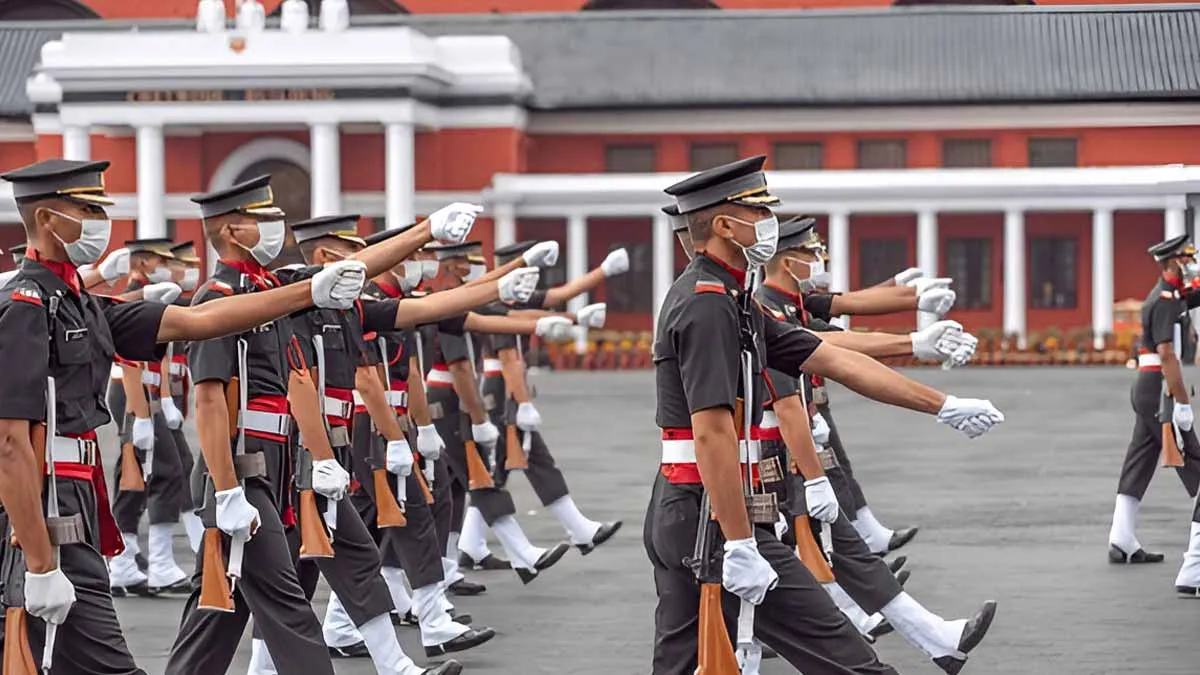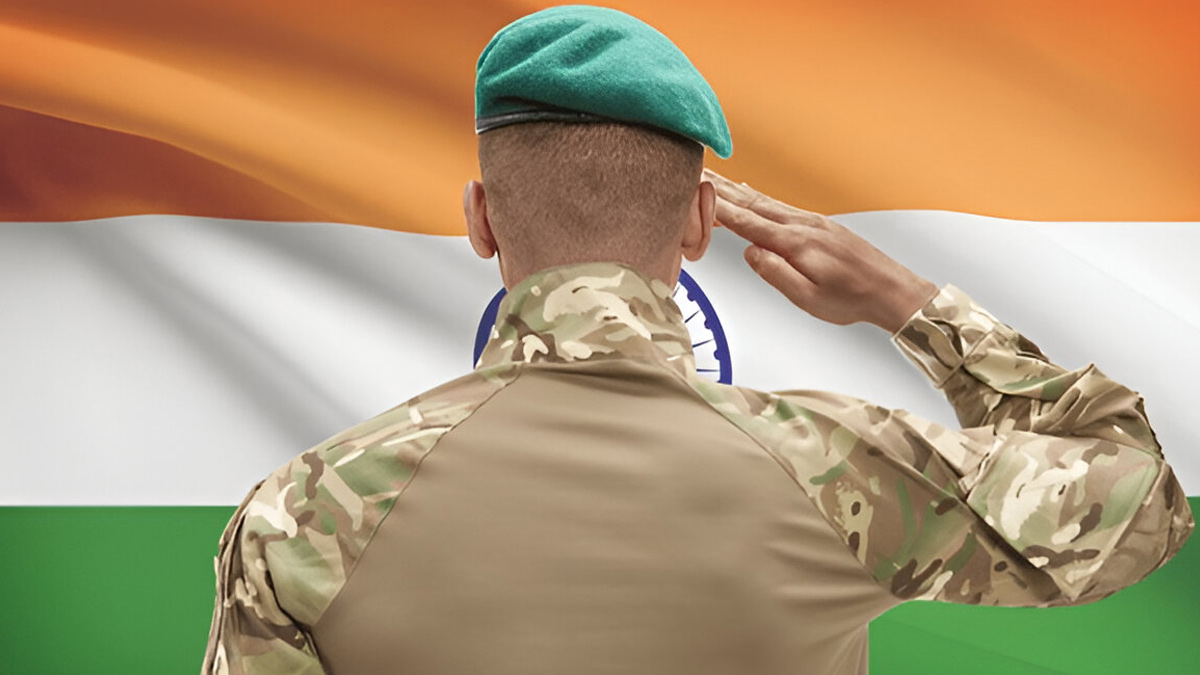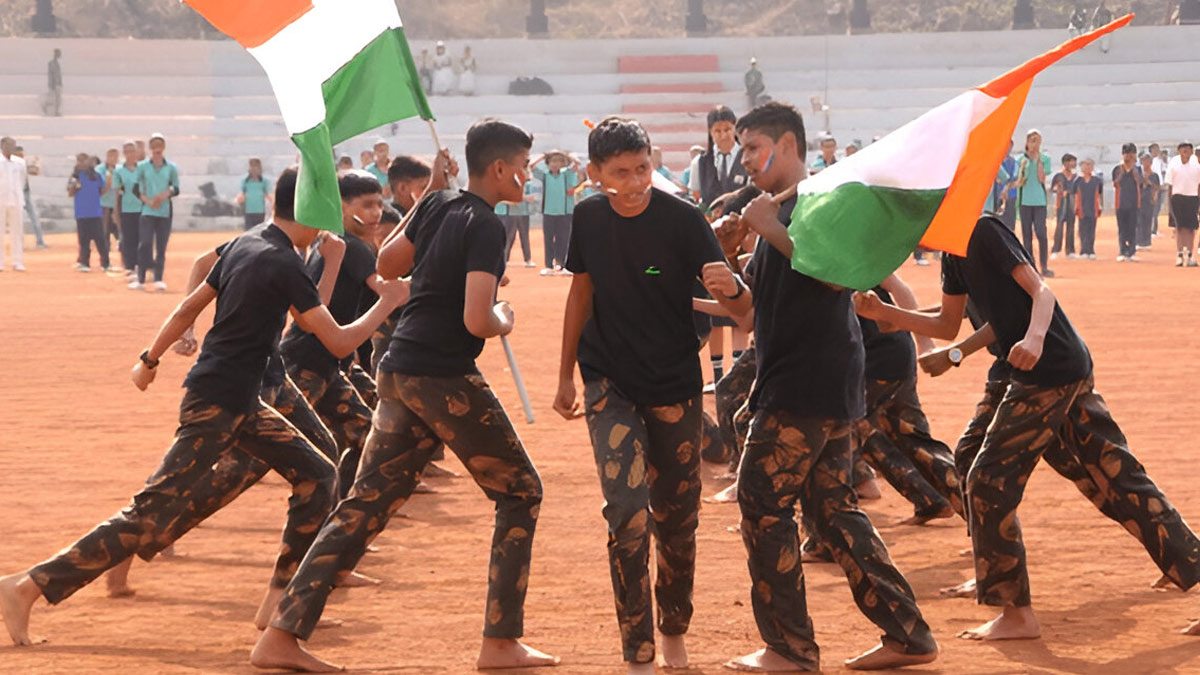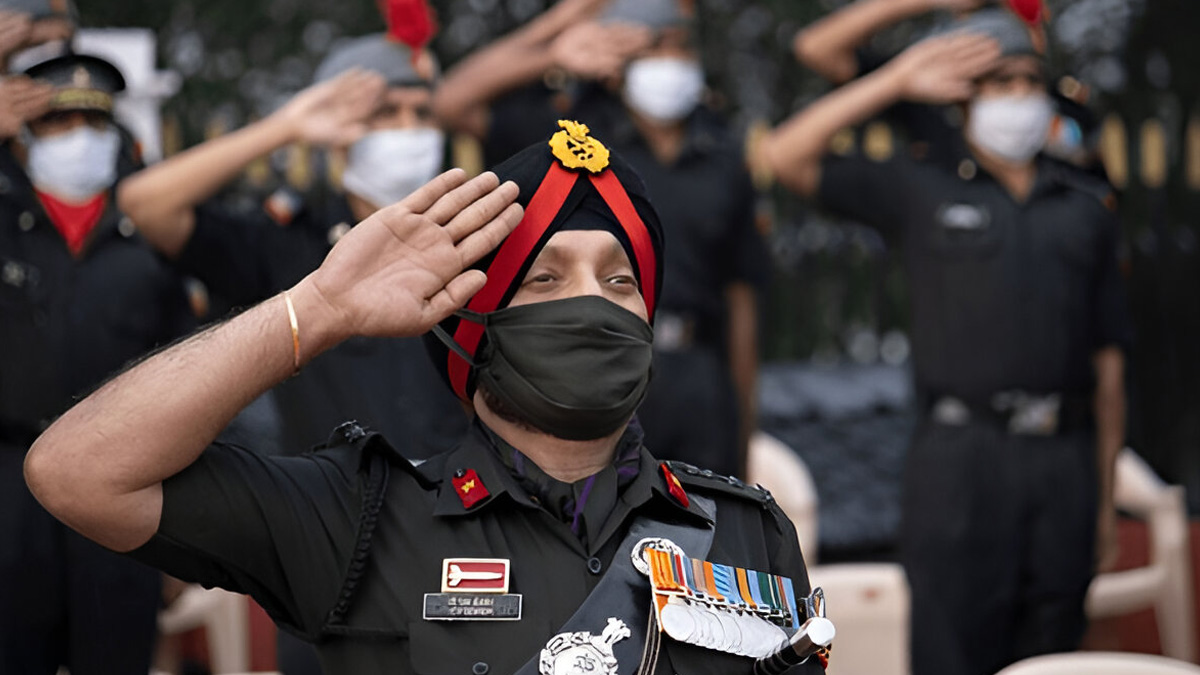
Serving as an officer in the Indian Army is a matter of immense pride, prestige, and responsibility – but it’s also a role that demands much more than just strong educational qualifications or leadership skills. At the heart of it all is a candidate’s health and fitness because that’s what prepares them to be there for the country when it needs them most. Whether it's during a crisis, a rescue mission, or a tough operation, the physical and mental well-being of Army officers helps them perform their duties under pressure and make a real difference when it matters.
Table of Content:-
If you're someone who also wants to join the Indian Army as an officer, here's a detailed look at the medical standards and health requirements to join the Indian Army.
Being ‘Medically Fit’: What It Takes To Join The Indian Army

According to the Appendix to DGMS (Army)/DGMS-A, SN NO 76060/DGMS-5A, dated 01 August 2019, being 'medically fit' refers to being "in good physical and mental health and free from any disease/syndrome/disability likely to interfere with the efficient performance of military duties in any terrain, climate, or season, including sea and air, in remote areas, in austere conditions with no medical aid." Candidates also should be free of medical conditions which require frequent visits to medical facilities and use of any aid/drugs."
Some key health criteria include:
- No weakness, poor development, deformities, disorders, or abnormalities in any body system.
- No swelling, tumours, cysts, enlarged lymph nodes, sinuses, or fistulae.
- No skin disorders, pigmentation issues, or abnormalities.
- No hernia.
- No significant scarring that impacts functionality or appearance.
- No abnormal blood vessel formations.
- No deformities or abnormalities of the head or face, including fractures, sinuses, or scarring.
- Normal vision, color perception, and field of view.
- Normal hearing; no abnormalities or deformities of the ears.
- Clear and normal speech, without disorders.
- No abnormalities, deformities, disease, or congestion in nasal structures, palate, nasal polyps, pharynx, uvula, or sinuses; no chronic tonsillar disease.
- Throat, palate, tonsil, gums, and jaw joints should be healthy and functional.
- Heart and blood vessels should be normal — no disease, disorders, high blood pressure, or abnormalities in their structure or rhythm.
- Lungs and chest should be healthy — no history of disease (such as tuberculosis), deformities, disorders, or abnormalities.
- The digestive system, including the liver and pancreas, should be free of abnormalities, disease, or hereditary disorders.
- Endocrine and reticuloendothelial systems should be normal — no disease or abnormalities.
- The genitourinary system should be healthy — without abnormalities, disorders, or malformations.
- No sexually transmitted or venereal disease — active, inactive, or congenital.
- No history or evidence of mental disorders, epilepsy, incontinence, or bedwetting.
- The musculoskeletal system, including the spine, limbs, and joints, should be free of abnormalities or disease.
- There should be no hereditary disorders, abnormalities, or disabilities.
Also Read: How Does Physical Fitness Improve Mental Health? Here Are 5 Daily Exercises That You Can Do
Medical Conditions That May Lead To Rejection

According to the guidelines, some of the medical conditions that commonly lead to rejections include:
- Musculo-Skeletal Deformities: Deformed spine, chest, limbs, toes, or fingers (like scoliosis, kyphosis, or shortened limbs); malunited fractures or abnormalities in bone structure
- Limb Deformities: Bowed or knock knees, deformed joints, missing toes or fingers, hypermobile joints, or amputation
- Eye and Vision Problems: Myopia, hypermetropia, astigmatism and disease of the cornea, retina, or lens; squint; droopy eyelids (ptosis)
- Hearing, Ear, Nose, and Throat Conditions: Hearing abnormalities, problems with the eardrum, the nasal septum, sinus abnormalities, or swelling in the neck (lymph nodes)
- Dental Conditions: Jaw abnormalities affecting chewing or speaking, disease of gums or poor oral health (such as heavy tartar, bleeding, or dental abscess), loose or missing multiple teeth, trauma-related injuries affecting jaw functionality, presence of restrictive jaw opening (less than 30 mm) or painful jaw joint (TMJ) clicking, and suspicious or potentially cancerous growths in the mouth
- Chest Conditions: Tuberculosis or its effects and diseases affecting the heart, lungs, or chest wall
- Abdomen and Genitourinary System: Hernia, undescended testis, varicocele, enlarged abdominal organs, cysts in the kidney or liver; stones in the gall bladder, ureter, or kidney; piles; sinuses; or swelling in the abdominal or perineal region
- Nervous System: Tremors, poor balance, or disorders affecting movement or coordination; speech abnormalities or disorders
- Skin Conditions: Vitiligo, birthmarks, warts, corns, skin infections, heavy sweating (hyperhidrosis), or growths affecting functionality
What Are The Height And Weight Requirements To Join The Indian Army?

When it comes to becoming an Indian Army officer, physical fitness is just as important as discipline, service, and courage. The Army sets clear weight-for-height standards to make sure every candidate is healthy and strong enough for their duties.
As per the chart provided in the Appendix to DGMS (Army), minimum weight starts at 35.3 kg for someone 140 cm tall and goes up to 79.4 kg for someone 210 cm tall. Some exceptionally fit candidates may be considered even if they’re above these limits, as long as their BMI is under 25, their Waist-Hip Ratio is less than 0.9 for men and 0.8 for women, their Waist Circumference is under 90 cm for men and 80 cm for women, and all their metabolic parameters are normal.
Conclusion
Making a place for yourself in the Indian Army is not easy and for a good reason. Becoming an Army officer isn’t just about strong qualifications; it’s about being physically fit, mentally resilient, and ready to serve under pressure, no matter the situation. This is why the health and medical standards are so rigorous. It is not to keep anyone out but to make sure that every candidate is prepared for whatever comes their way. At the end of the day, this extensive process helps keep both the soldiers and the country safe, ensuring that those who lead do so with confidence, strength, and a deep sense of responsibility.
Also watch this video
How we keep this article up to date:
We work with experts and keep a close eye on the latest in health and wellness. Whenever there is a new research or helpful information, we update our articles with accurate and useful advice.
Current Version